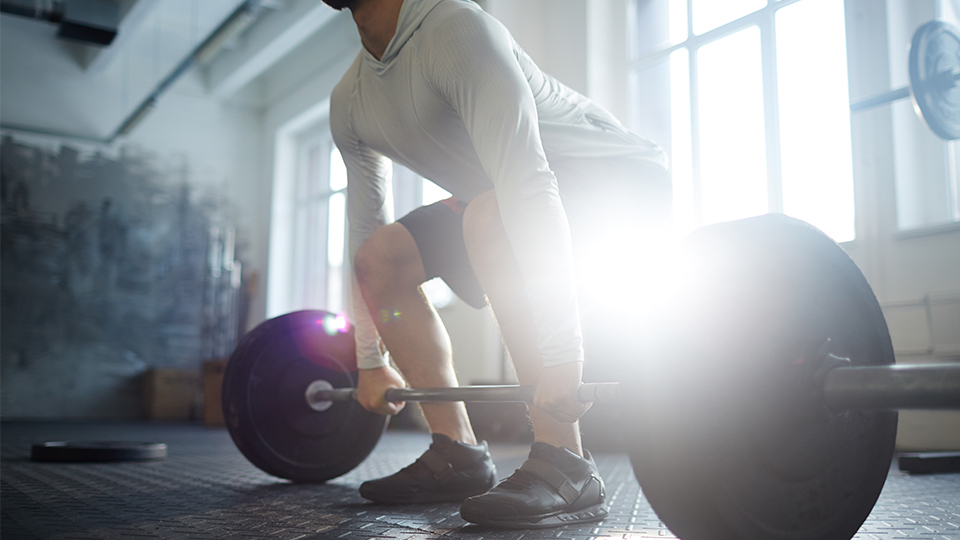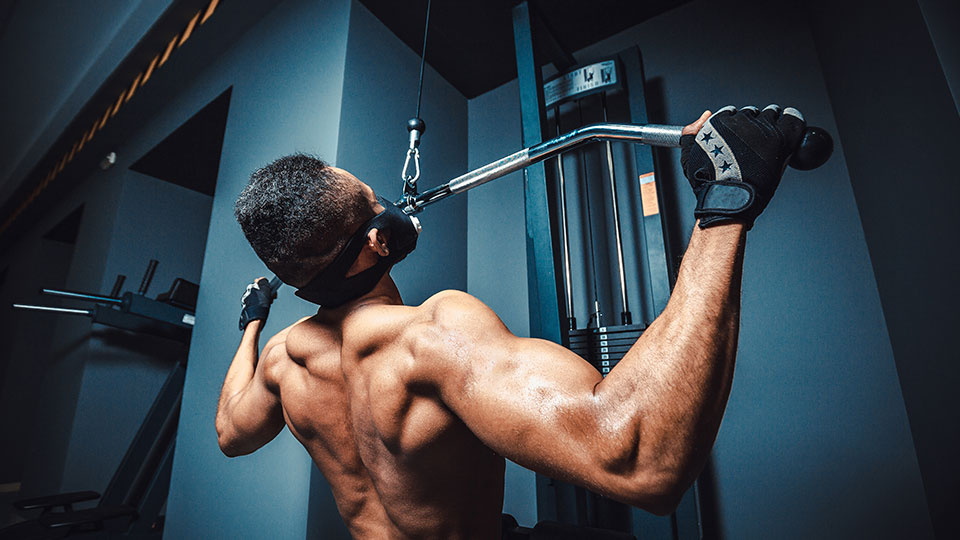Training Details for Drag Curl
-
Primary MuscleBiceps
-
Secondary MuscleForearms
-
EquipmentBarbell
-
LevelEasy
Why should you fo Drag Curls?
This is a very good biceps exercise. After a couple of reps you will feel your bicep burn!
Guide for Drag Curls
- Pull back your shoulders and push your shoulder blades together, push the chest forward
- Pull the bar down close to your torso the whole time and keep your elbows pinned at your sides which will reduce your range of motion
- Your wrists should be relaxed
- Remember that the elbows should be pushed backwards behind the body when you lift the bar this will reduce the range of motion
- Load up on the eccentric and really control on the way down for every single rep.
- Feel free to pause by holding in the top position for a few seconds






